Old and New Pleasures & Pains
written by art historian & curator
Cultural taboos and stigmas surrounding pleasure and pain have played a significant role in shaping the way artists approach their work. From explicit depictions of sexuality and violence to challenging mental health stigmas, artists have been reflecting the multifaceted cultural interpretations of pleasure and plain. Their works are not just a social commentary but real tools to push the boundaries of acceptability, prompting vital conversations about cultural expectations.
As we unravel the threads of artistic expression that challenge established norms, we uncover the discomfort, controversy, and transformative potential inherent in the pursuit of creative freedom. Each brushstroke and every conceptual leap becomes a profound commentary on the evolving nature of cultural values and the perpetual tension between tradition and progress. The most common themes around which taboos and stigmas have been created by society are sexuality, eroticism, violence gender and body. In the past, artists that have explored these notions have faced harsh criticism and even censorship.
Videos you may enjoy as well:
In the context of contemporary art, artists confront, dismantle and reimagine societal taboos surrounding pleasure and pain through innovative mediums, immersive experiences, and multimedia installations. From questioning the constructs of identity and sexuality to demolishing traditional gender norms, contemporary artists navigate uncharted territories, presenting a visual and conceptual feast that mirrors the complexities of our modern existence. So what is acceptable or forbidden in terms of societal norms, how cultural stigma on pleasure and pain have evolved over time and how do we place ourselves today regarding these notions?
Short Historical View
Cultural stigma surrounding the experiences of pleasure and pain has evolved over centuries, often reflecting the prevailing religious, moral, and social values of different epochs.
In ancient and Middle Ages civilizations, pleasure and pain were intertwined with religious beliefs and moral codes. Pleasurable pursuits, particularly in the realm of sexuality, were seen as a potential source of moral decay. The teachings of religious texts and moral philosophers often reinforced the notion that indulgence in pleasure could lead to spiritual corruption. Conversely, pain, endured as a form of penance or sacrifice, was valorized as a means to attain spiritual purity. The stigmatisation of certain pleasures and the glorification of self-inflicted pain served as mechanisms for societal control and adherence to prescribed moral conduct.
The Renaissance marked a period of shifting perspectives on pleasure and pain. The revival of classical ideals brought about a renewed interest in the human experience, including the exploration of pleasure through art and literature. However, cultural stigmas persisted, particularly concerning the overt expression of pleasure. Pain, while less glorified than in previous eras, continued to be associated with moral lessons and penance. During the Enlightenment true progress was registered and societies started to support individual rights and autonomy, with emerging discussions on human rights and the ethics of inflicting suffering.
Gustave Courbet’s ”L’Origine du Monde” (1866) is an explicit and unapologetic depiction of the female genitalia, challenging the societal norms and taboos related to sexuality, desire, and the representation of the female body. In a time marked by Victorian prudishness and conservative ideals, Courbet’s work was a bold act of defiance against prevailing cultural stigmas. The intimate and raw portrayal of female anatomy provoked societal discomfort surrounding explicit depictions of sexuality. The painting’s title, which translates to ”The Origin of the World”, further intensifies the cultural taboo by presenting the female body not just as an object of desire but as the source of all life and existence. Courbet’s painting disrupts the traditional narrative of pleasure and pain by offering a candid and unfiltered view of female anatomy, devoid of idealisation or romanticisation. It confronts the cultural stigma that shrouded discussions of female sexuality and the human body, challenging viewers to confront their preconceived notions.
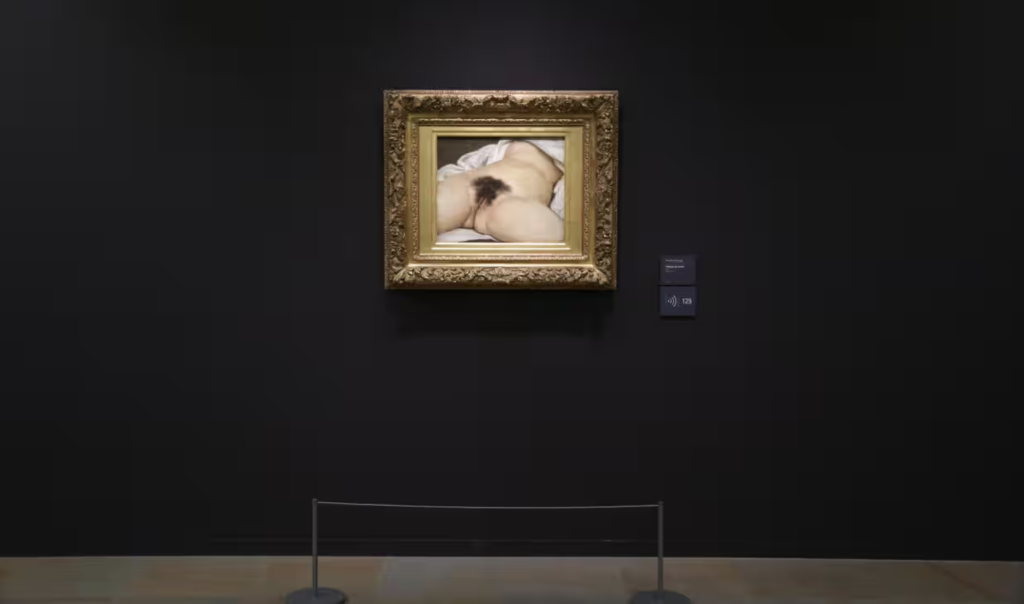
While the painting was initially hidden from public view and only shared among a select few, its eventual public exhibition in the 20th century marked a turning point in cultural attitudes. In contemporary times, ”L’Origine du Monde” is recognized as a symbol of artistic liberation and a catalyst for discussions around the intersection of pleasure, pain, and societal norms. Courbet’s audacious creation transcends its historical context, remaining a powerful testament to the artist’s defiance of cultural taboos and a timeless exploration of the complexities surrounding pleasure and pain. The work invites viewers to critically examine societal perceptions and challenges the enduring stigmas that persist around the celebration of the human body and human desires.
Sexual Revolution of the 20th century
The sexual revolution from the 20th century advocated for sexual liberation and individual autonomy. Simultaneously, movements like feminism shed light on the societal gaps experienced by marginalized groups, reshaping cultural narratives surrounding gender roles and inequality. Spanning from the 1960s to the 1980s, this revolution broke down long-standing taboos and promoted a more open and liberated approach to human relationships.
One of the key catalysts for this revolution was the availability and widespread use of contraceptives, particularly the birth control pill developed by Margaret Sanger. With the pill granting women greater control over their reproductive choices, a fundamental shift occurred in societal expectations surrounding premarital sex. This newfound reproductive autonomy contributed significantly to the broader movement of sexual liberation. The rise of the feminist movement further propelled the Sexual Revolution by advocating for women’s rights, including the right to sexual autonomy and pleasure. The slogan ”The personal is political” underscored the connection between individual choices and broader societal structures. The Sexual Revolution witnessed a growing acknowledgment and exploration of diverse sexual experiences. The era saw a surge in discussions around sexual education, the acceptance of various kinks and fetishes, and an overall celebration of sexual diversity.
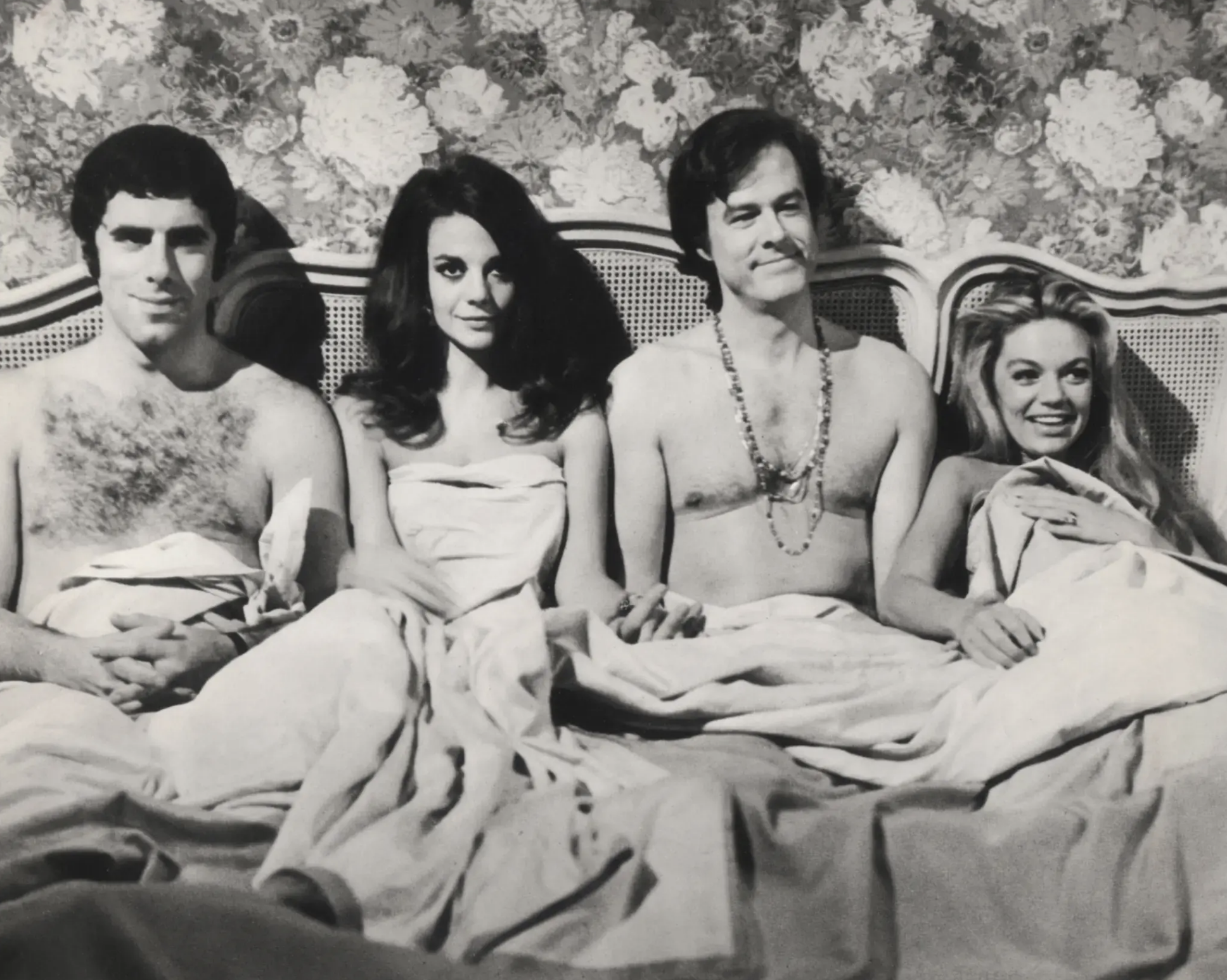
Margaret Sanger (1879–1966) was a pivotal figure in the Sexual Revolution of the 20th century. Recognising the dire consequences of uncontrolled reproduction, Sanger dedicated her life to promoting women’s reproductive rights and family planning. In 1916, Sanger opened the first birth control clinic in the United States, which eventually evolved into Planned Parenthood. She faced legal challenges and imprisonment for her advocacy but persisted in her mission. Sanger’s efforts were instrumental in challenging restrictive laws and societal taboos surrounding contraception. Her most significant achievement came with the development of the birth control pill, a groundbreaking advancement in reproductive health.
What is Pleasure & Pain Today?
Today contemporary society reflects a more nuanced and diverse understanding of pleasure and pain. While certain stigmas persist, especially in the context of non-traditional expressions of pleasure, there is a growing acceptance of individual autonomy and diversity. The exploration of these sensations has become nuanced and diverse, shaped by factors such as cultural diversity, technological advancements, and increased awareness of mental and physical well-being. On one hand, there is a growing recognition of the importance of pleasure in fostering overall well-being. Pleasure is increasingly viewed as a crucial aspect of a balanced and fulfilling life. Contemporary culture encourages the pursuit of pleasure in various forms, whether through sensory experiences, leisure activities, or interpersonal relationships. The emphasis on self-care and mental health has also contributed to a greater acknowledgment of the positive role that pleasure can play in reducing stress and promoting emotional well-being.

Contemporary society has also witnessed a heightened awareness of the complexities surrounding pain. Mental health discussions have destigmatized the experience of emotional and psychological pain, encouraging individuals to seek support and understanding. Chronic pain conditions are increasingly recognized, leading to advancements in medical treatments and therapeutic approaches. The intersection of pleasure and pain has also gained attention, particularly in areas such as BDSM (Bondage, Discipline, Dominance, Submission, Sadism, and Masochism) and other alternative lifestyles. These subcultures emphasize the consensual exploration of both pleasure and pain, challenging traditional norms and fostering a more inclusive understanding of human desires. Technological advancements have introduced new dimensions to the experience of pleasure, with virtual reality, online platforms, and various forms of entertainment offering novel ways to engage the senses.
The arts, including film, literature, and visual arts, play a crucial role in deconstructing remaining stigmas, contributing to an ongoing cultural evolution towards a more open and accepting society.

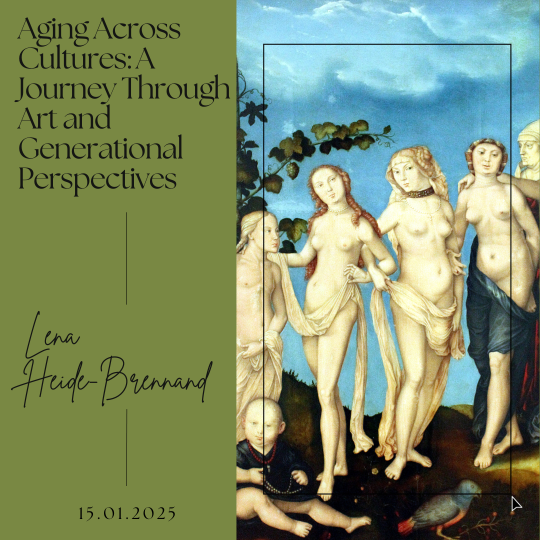
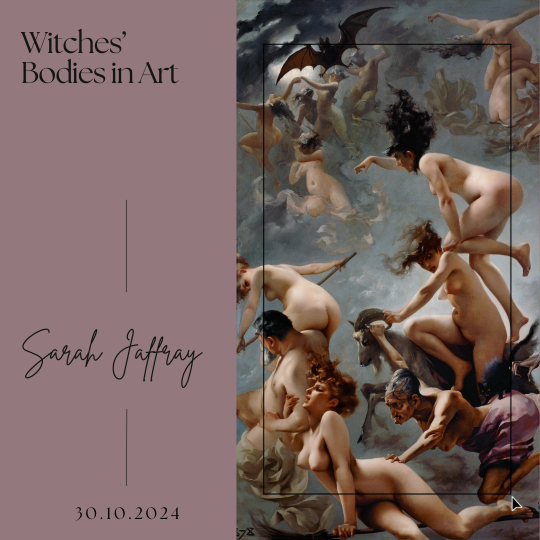
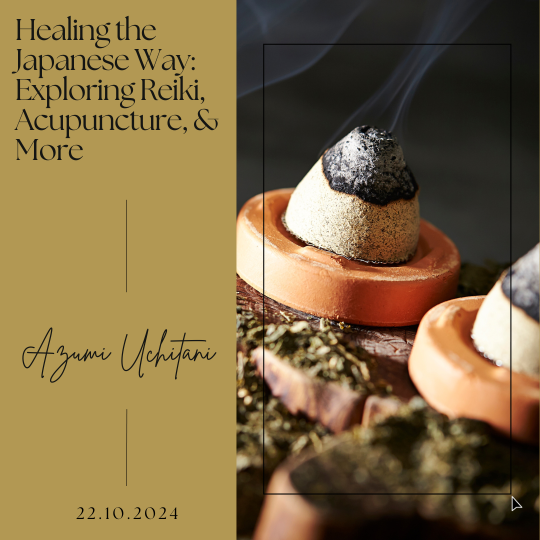
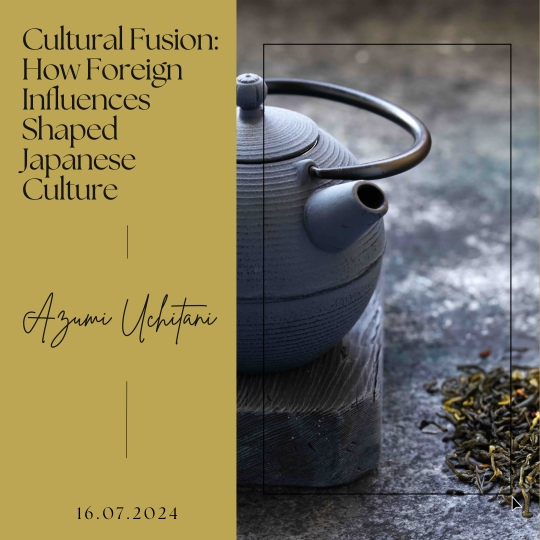
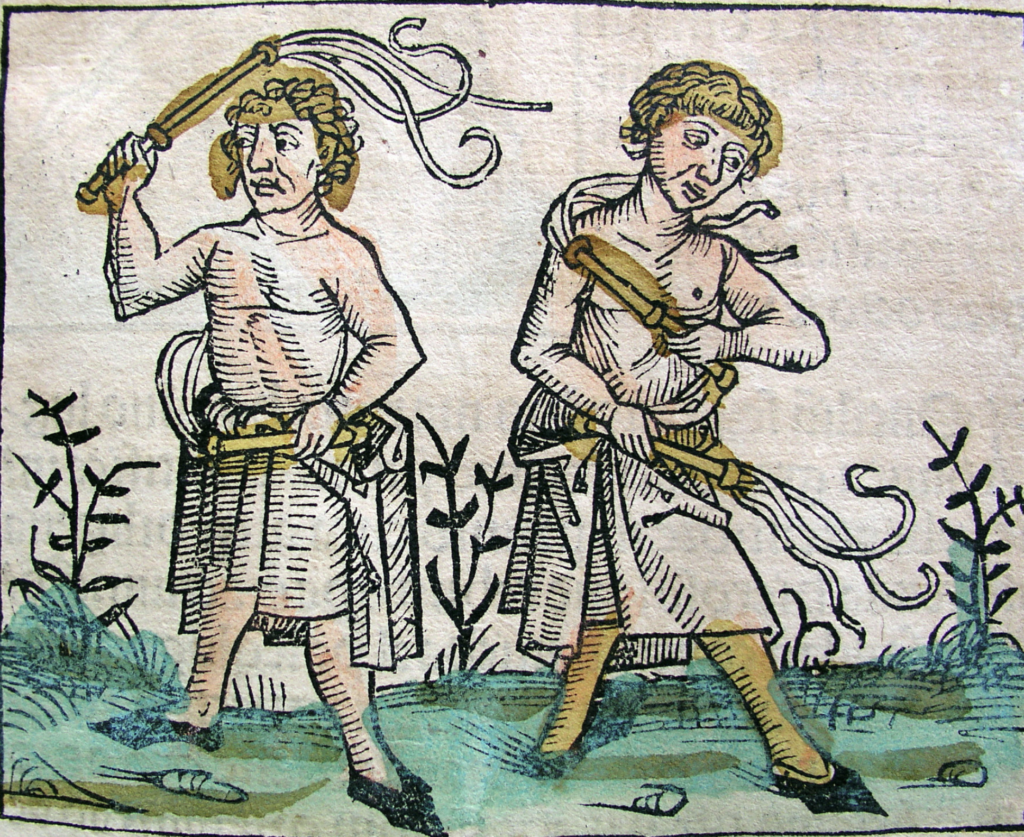
Leave a Reply